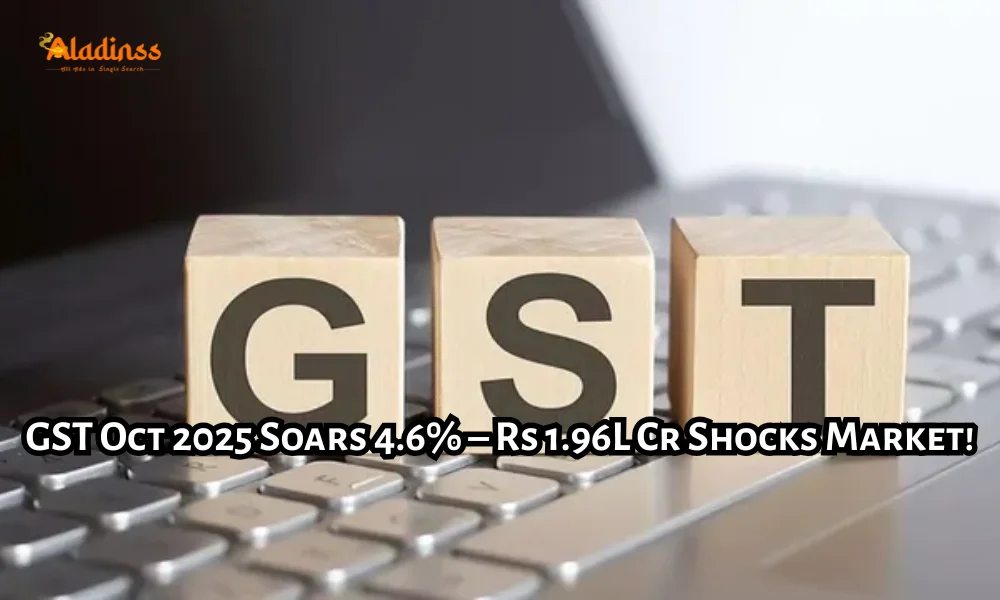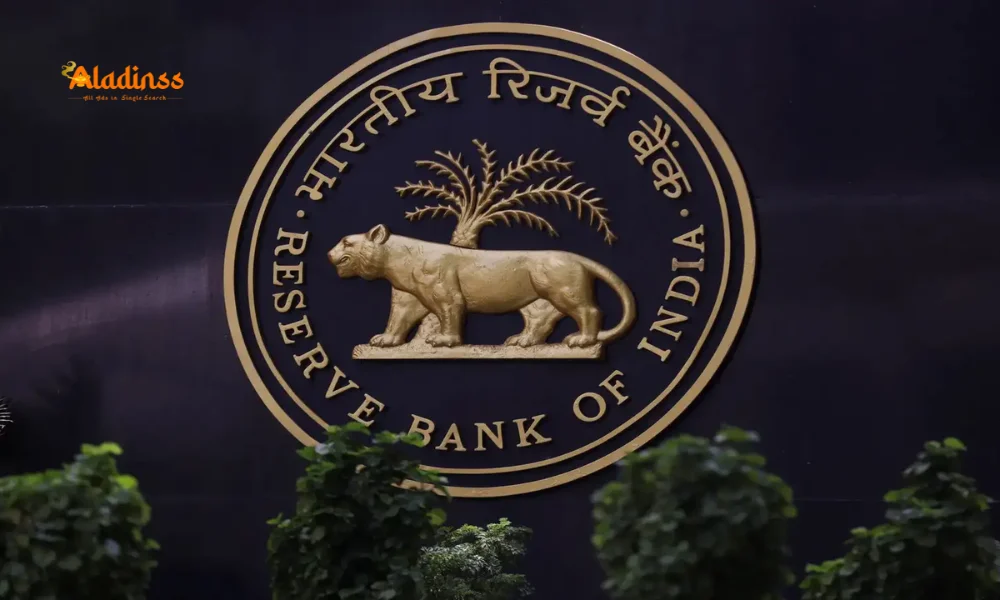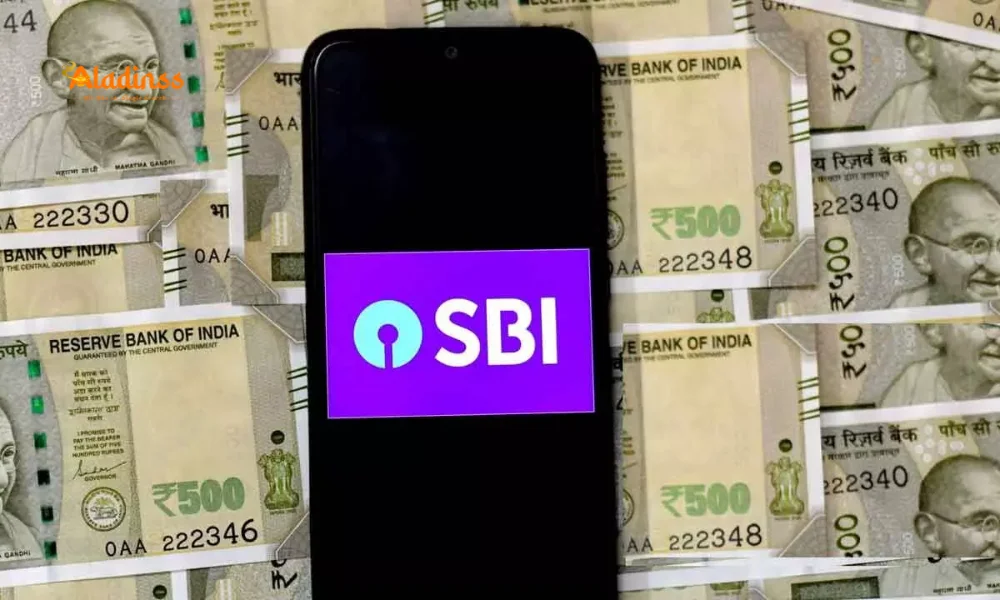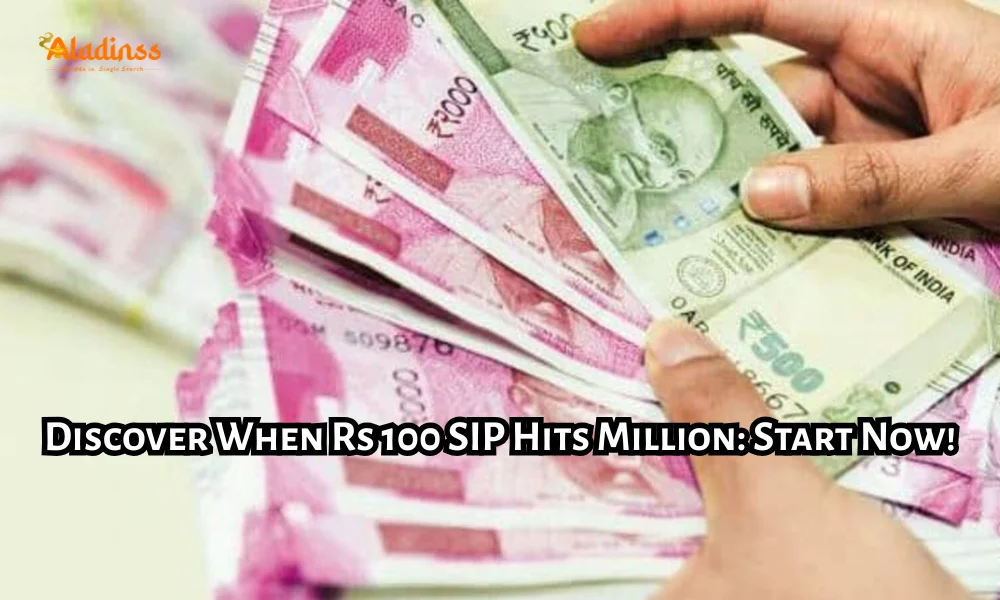October GST Collection Reaches Rs 1.96 Lakh Crore with 4.6 Percent Growth

October GST Collection Hits Rs 1.96 Lakh Crore with 4.6% Growth Surge
India’s GST collection in October 2025 witnessed a robust upswing, reaching Rs 1,95,936 crore a solid 4.6% increase from Rs 1,87,346 crore recorded in September. This festive-season momentum underscores consumer spending resilience and improved tax compliance across sectors. Domestic transactions contributed Rs 1.45 lakh crore (up 2%), while import-related revenues soared 12.84% to Rs 50,884 crore, highlighting strong global trade activity.
Refunds issued during the month jumped 39.6% year-on-year to Rs 26,934 crore, reflecting efficient processing by authorities. Net GST revenue for August stood at Rs 1.69 lakh crore with marginal 0.6% growth, but cumulative April–October collections tell a stronger story: Rs 13.89 lakh crore, marking a healthy 9% rise over last year’s Rs 12.74 lakh crore.

Breakdown of October GST Revenue Streams
The Central Goods and Services Tax (CGST) component stood at Rs 36,410 crore, while State GST (SGST) contributed Rs 44,637 crore. Integrated GST (IGST), crucial for interstate supplies and imports, amounted to Rs 88,461 crore, with Rs 43,884 crore settled via cross-utilization. Cess collection touched Rs 12,428 crore, primarily from sin goods and luxury items.
Import duties showed sharp traction customs-related IGST and cess grew significantly, driven by higher inbound shipments of electronics, machinery, and commodities. E-way bill generation crossed 10.5 crore in October, up 8% from last year, signaling vibrant logistics movement during Navratri and pre-Diwali sales.
Maharashtra led state-wise contributions with over Rs 24,000 crore, followed by Karnataka, Gujarat, Tamil Nadu, and Uttar Pradesh. Smaller states like Goa and northeastern regions posted double-digit growth, aided by tourism and infrastructure spending. Festive demand played a pivotal role in pushing discretionary purchases in automobiles, white goods, and apparel.
Expert Insights on GST Performance
Abhishek Jain, Indirect Tax Head at KPMG, attributed the surge to seasonal consumption peaks and structural stability. “Businesses have adapted seamlessly to the revised rate framework, ensuring minimal disruption while maximizing output,” he noted. Enhanced digital invoicing and real-time reconciliation have curbed leakage, boosting voluntary compliance.
Mahesh Jaising, Indirect Tax Leader at Deloitte India, hailed the numbers as proof of economic vitality. “The GST Utsav rate rationalization acted as a demand catalyst, making everyday products pocket-friendly,” he said. He emphasized that sustained collections above Rs 1.9 lakh crore empower policymakers to accelerate GST 2.0 focusing on single-rate convergence, AI-driven audits, and faceless assessments.
Industry bodies like CII and FICCI welcomed the trend, projecting Q3 GDP growth near 6.8%. Improved liquidity from faster refunds has eased working capital stress for MSMEs, encouraging inventory buildup ahead of year-end sales. Analysts forecast November collections crossing Rs 2 lakh crore barrier, fueled by wedding season and export incentives.
Impact of September GST Rate Rationalization
The GST Council’s bold September decision collapsed the four-tier structure (5%, 12%, 18%, 28%) into two primary slabs 5% and 18%. Over 200 items shifted downward, excluding sin goods like tobacco, pan masala, and aerated drinks. Effective September 22, 2025, this overhaul directly reduced prices of bicycles, sanitary napkins, medicines, and ready-made garments.
Economists estimate an annual revenue loss of Rs 35,000 crore, offset by volume-led gains. Early data shows 12–18% sales volume increase in affected categories. Retail chains reported footfall spikes post-announcement, validating the consumption stimulus theory. Middle-class savings now fuel discretionary spending, creating a virtuous cycle.
Compensation cess continues funding states for revenue shortfalls until June 2026. The Council also approved inverted duty corrections on solar modules, fertilizers, and electric vehicles, aligning input credits with output liability. These measures enhance manufacturing competitiveness and green energy adoption.
State-Wise GST Contribution Highlights
- Maharashtra: Rs 24,310 crore (12.4% share)
- Karnataka: Rs 13,890 crore (7.1%)
- Gujarat: Rs 12,670 crore (6.5%)
- Tamil Nadu: Rs 11,450 crore (5.8%)
- Uttar Pradesh: Rs 10,980 crore (5.6%)
- Haryana: Rs 8,720 crore (4.5%)
Southern states collectively contributed 22% of national kitty, driven by IT services, automotive hubs, and port traffic. Western region maintained dominance through petrochemicals, textiles, and pharmaceuticals. Northern states gained from real estate and FMCG distribution networks.
Roadmap to GST 2.0 and Future Reforms
Finance Ministry sources indicate the next Council meeting in December will deliberate including petroleum under GST ambit potentially unifying diesel, petrol, and ATF taxation. A three-rate model (5%, 18%, 28% for luxury/sin items) remains under discussion to balance revenue neutrality.
Technology upgrades include mandatory e-invoicing for B2B transactions above Rs 5 crore turnover from January 2026, and blockchain pilots for high-value supply chains. QR-code-based payment reconciliation will reduce discrepancies. The government targets 95% invoice matching accuracy by FY27.
Anti-evasion squads recovered Rs 1.2 lakh crore in pending dues during April–October through data analytics and surprise inspections. Voluntary registration of composition dealers rose 14%, expanding the formal economy. Training programs via GSTN academy have onboarded 2.5 lakh new taxpayers this fiscal.
Global rating agencies view sustained GST buoyancy as a credit positive, lowering India’s fiscal deficit trajectory. Moody’s and Fitch project 6.5–7% average growth through 2030, supported by tax-to-GDP ratio inching toward 12%. Infrastructure spending from enhanced revenues will prioritize highways, railways, and digital connectivity.
What October GST Numbers Mean for You
Consumers benefit from lower prices on daily essentials, stretching household budgets. Businesses enjoy input credit efficiency, reducing cascading effects. Investors see confirmation of economic stability Nifty GST Index gained 3.2% post-announcement. Job creation in logistics, retail, and compliance services accelerates.
Startups in fintech and e-commerce report 20–25% order value increase since rate cuts. Rural demand, tracked via FMCG distributors, registered 11% uptick in tier-3 towns. Auto dealers cleared pending inventory with festive discounts, pushing two-wheeler and passenger vehicle sales to five-year highs.
The October GST collection milestone reinforces India’s position as a consumption-led growth engine. With structural reforms gaining traction, the journey toward a $5 trillion economy looks increasingly achievable. Stay informed, file accurately, and leverage savings because every rupee collected fuels national progress.
Comment / Reply From
No comments yet. Be the first to comment!









